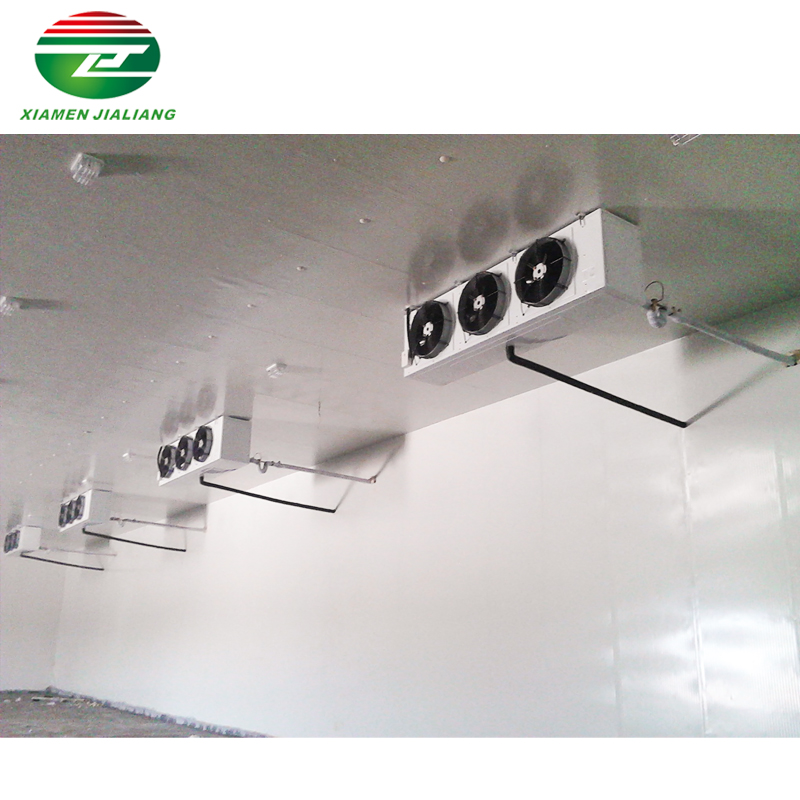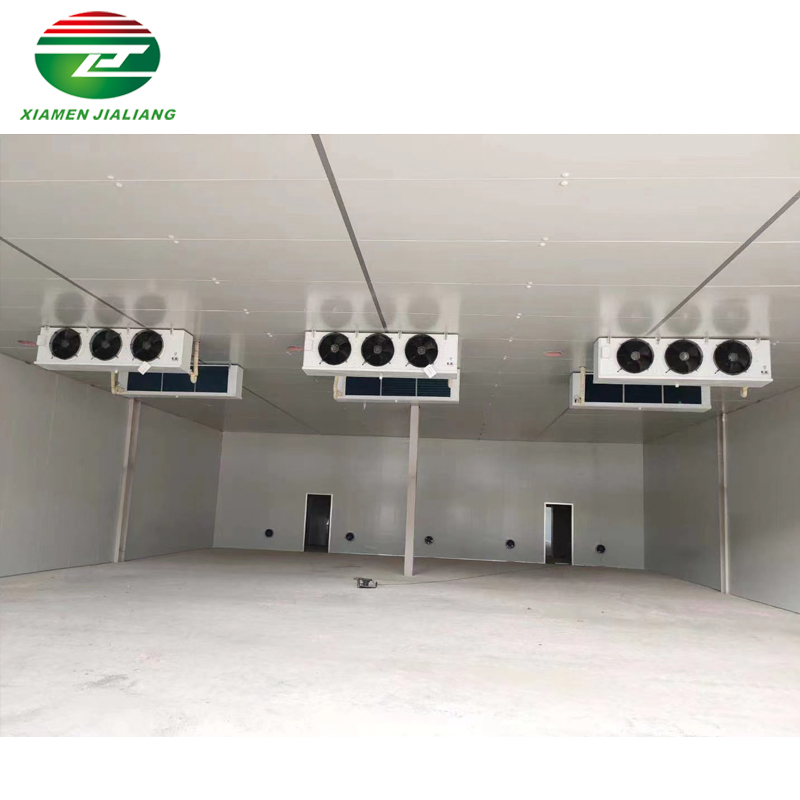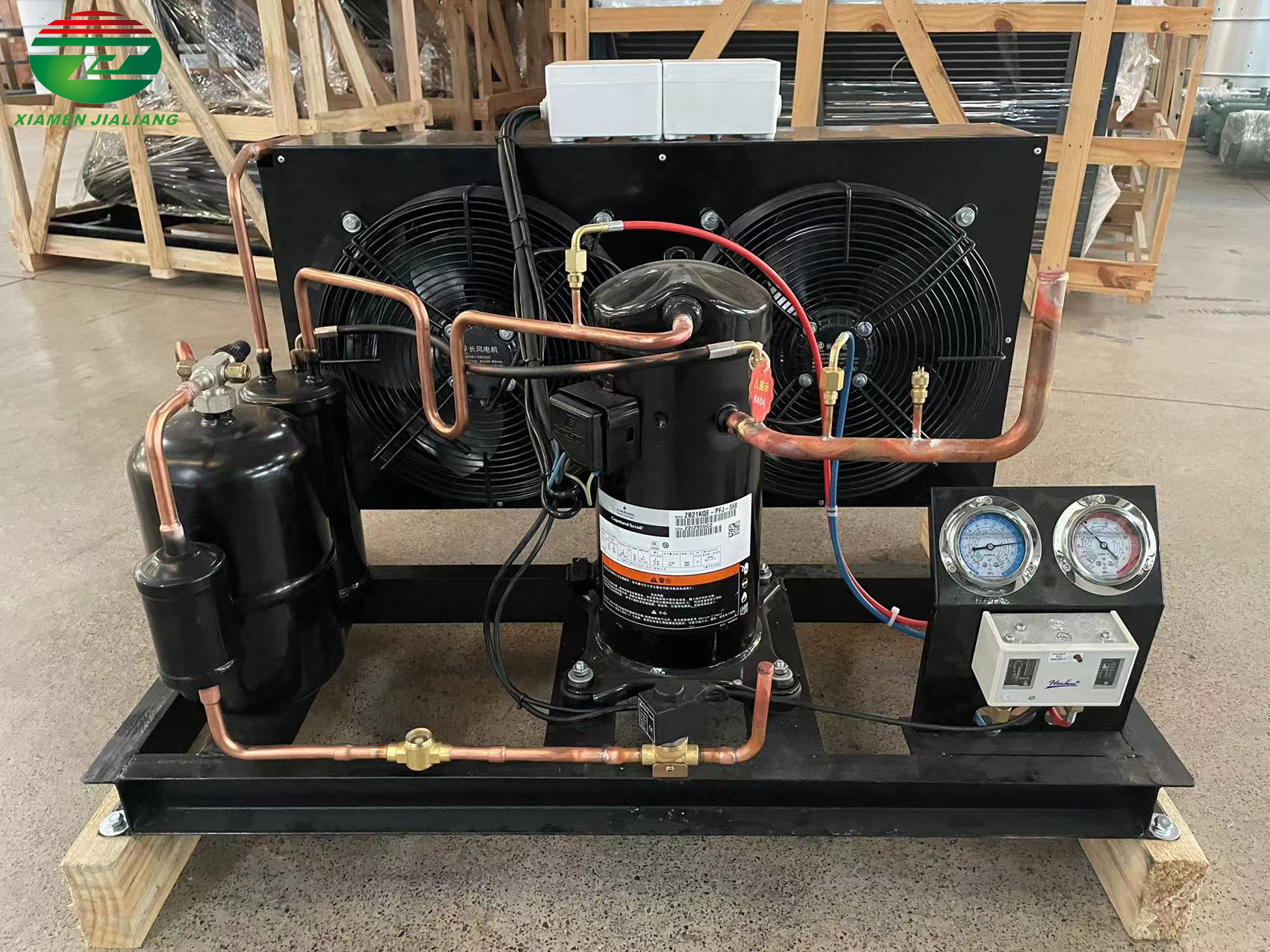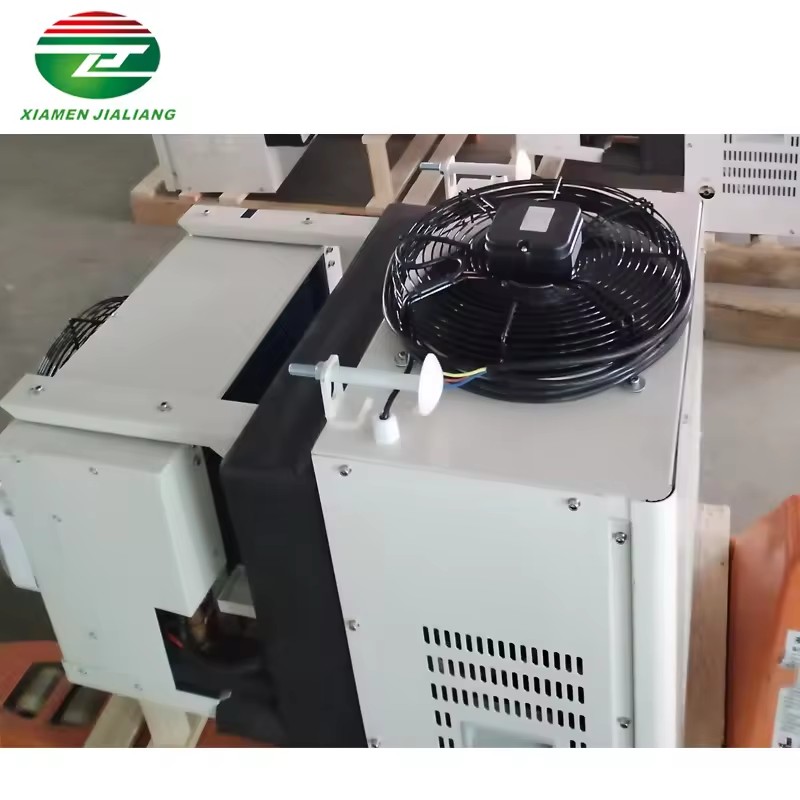Optimizing Seafood Storage: The Role of Cold Rooms
Preserving Freshness, Quality, and Sustainability in the Seafood Industry

Seafood storage cold Room
With the rapid development of economy and logistics, people's lives are constantly enriched, and people's requirements for food materials are becoming more and more particular. In order to allow consumers to eat fresh, delicious and nutritious seafood, seafood cold roomcame into being. Refrigeration of seafood can greatly extend the preservation time of seafood, and it also helps to maintain the original quality and flavor of seafood. Let's explore how seafood storage and cold room can ensure the freshness of seafood~
Storage temperature of seafood storage cold Room
Generally speaking, seafood can only be stored in cold room at sub-zero temperatures, and must be kept at a stable temperature. If there is a sudden change in temperature, the seafood will deteriorate. Therefore, for seafood cold room, how to manage the temperature is of certain importance. Different types of seafood require different temperatures. The following three types are the storage temperatures of common seafood storage cold room.
1. The conventional storage temperature of seafood is 0-10°C, which is used for short-term low-temperature refrigeration and turnover use;
2. Generally, the aquatic seafood that needs to be stored in the freezer should be stored at -18~-35°C for long-term freezing;
3. The storage temperature of special types of seafood (tuna) is -60°C, which is also used for long-term freezing;

Construction requirements for seafood storage cold Room
Now that we understand the temperature types required for seafood storage cold room, what specific requirements will there be when building seafood storage cold room?
1. When building a low-temperature seafood cold room, the cold room function of the cold room needs to match the working capacity of seafood processing;
2. According to the storage requirements of different seafood products, the performance of various refrigeration equipment in the cold room should be kept within a stable range to ensure that the temperature in the storage is around minus 18°C all year round, and the temperature difference between day and night will not exceed 1°C; if it is a quick-frozen seafood cold room, then it is also necessary to ensure that the temperature in the storage can quickly drop to minus 30°C;
3. The construction materials of low-temperature seafood cold room should give priority to high-quality storage board construction materials that will not rust, have a smooth surface, are easy to clean, and are anti-corrosion and moisture-proof;
4. Secondly, during the construction process of the low-temperature seafood cold room, it is necessary to ensure that there are sufficient cleaning facilities, disinfection facilities, and defrosting facilities in the storage to ensure the hygiene and cleaning of the cold room;
5. No matter what type of seafood and aquatic products are stored, the seafood low-temperature cold room should be equipped with your wooden mat and suitable handling tools;
6. The low-temperature seafood cold room needs to be well ventilated and diffused to ensure that it will not produce peculiar smell, no dirt, the whole environment is clean and tidy, and the space layout is reasonable.
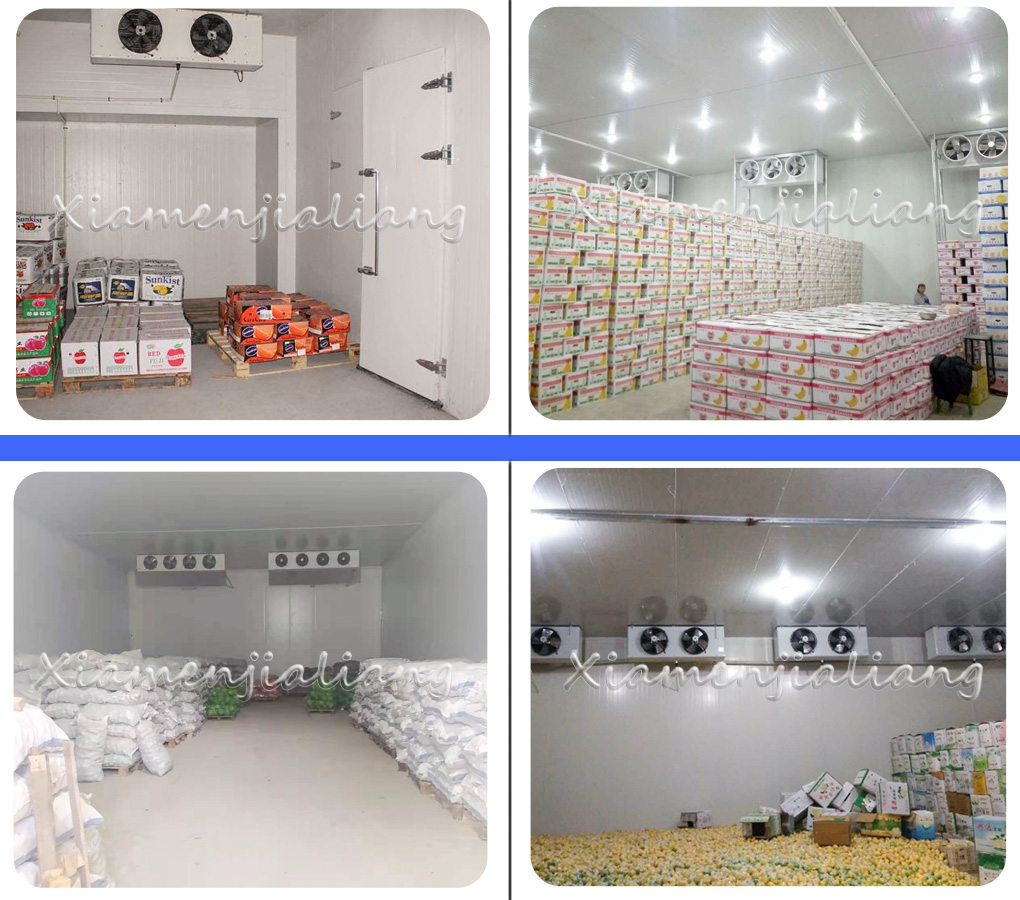
After understanding the basic situation of seafood storage cold room, combined with the needs of your own business, I think you must have the idea of quickly getting started with seafood storage cold room - come to consult us now! If you want to know more about the product, please consult us. Our website is www.coldroomjl.com

